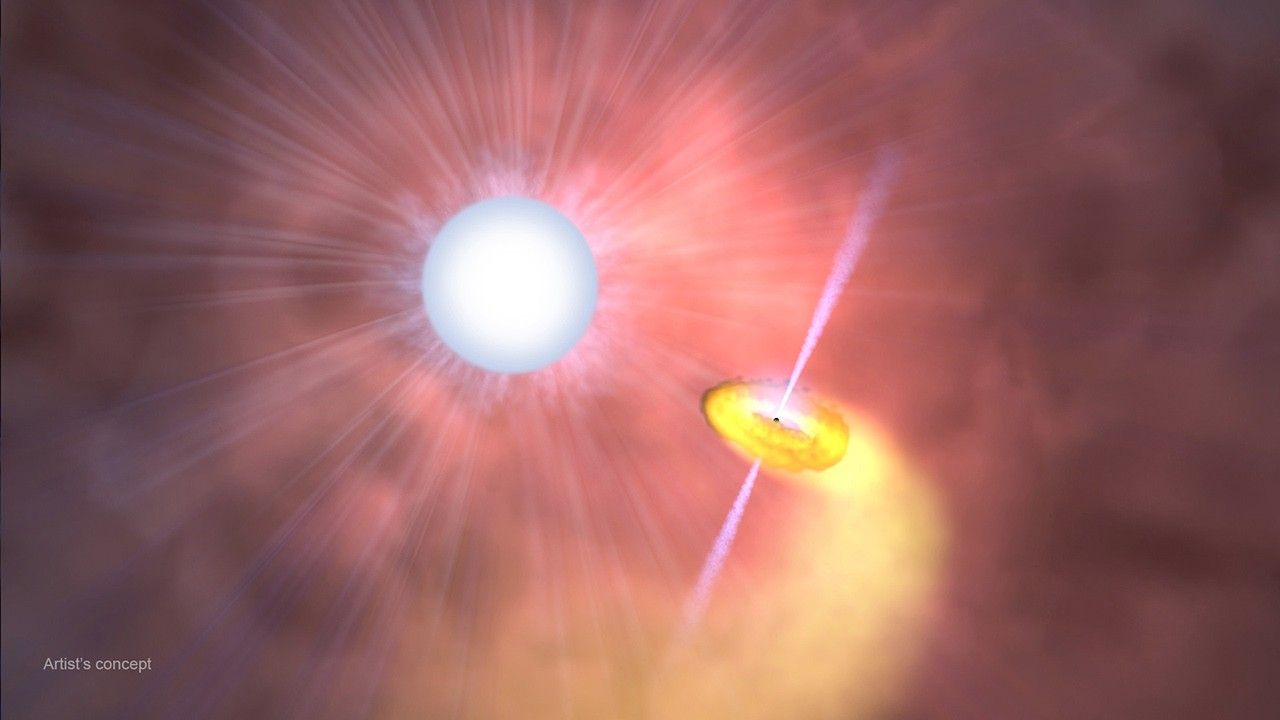NASA will host a media teleconference at 1 p.m. EST Wednesday, Jan. 29, to discuss science investigations and technology demonstrations launching on Northrop Grumman’s 13th commercial resupply mission for the agency to the International Space Station.
Audio of the teleconference will be streamed live online at:
Northrop Grumman is targeting Sunday, Feb. 9, at 5:39 p.m., for the launch of its Cygnus spacecraft on an Antares rocket from the Mid-Atlantic Regional Spaceport’s pad 0A at NASA’s Wallops Flight Facility on Wallops Island, Virginia.
Heidi Parris, assistant program scientist for the International Space Station Program Science Office at NASA’s Johnson Space Center in Houston, and Liz Warren, senior associate program scientist for the ISS U.S. National Laboratory, will provide an overview of the research and technology aboard the Cygnus spacecraft.
Also participating in the briefing are:
- Caitlin O’Connell, principal investigator, and Devin Ridgley, chief biologist, SCORPIO-V, a division of HNu Photonics, will discuss the Mobile SpaceLab, a tissue and cell culturing facility that can perform a biology experiment without the need for crew operations for as long as a month.
- Bruce Hammer, professor of radiology at the University of Minnesota, and Louis Kidder, a research scientist in bone physiology at the University of Minnesota, will discuss OsteoOmics, which investigates the molecular mechanisms behind bone loss in microgravity.
- Vatsan Raman, principal investigator and assistant professor of biochemistry at the University of Wisconsin, and co-investigator Heath Mills, will discuss Phage Evolution, which examines the effects of microgravity and radiation exposure on viruses that target human bacteria without harming human cells or the body’s beneficial bacteria population. The investigation results could ultimately help protect the health of astronauts on future missions.
- David Urban, principal investigator, and Gary Ruff, project manager, will discuss the Spacecraft Fire Experiment-IV (Saffire-IV) investigation, which will examine the development and growth of a fire in different materials and environmental conditions.
To participate in the teleconference, media must contact Gina Anderson at 202-358-1160 or gina.n.anderson@nasa.gov by 5 p.m. Tuesday, Jan. 28, for dial-in information.
The Cygnus spacecraft will carry crew supplies, scientific research and hardware to the orbiting laboratory to support the Expedition 61 and 62 crews for the 13th mission under Northrop Grumman’s Commercial Resupply Services-2 contract with NASA.
For launch countdown coverage, NASA’s launch blog, and more information about the mission, visit:
-end-
Gina Anderson
Headquarters, Washington
202-358-1100
gina.n.anderson@nasa.gov




























